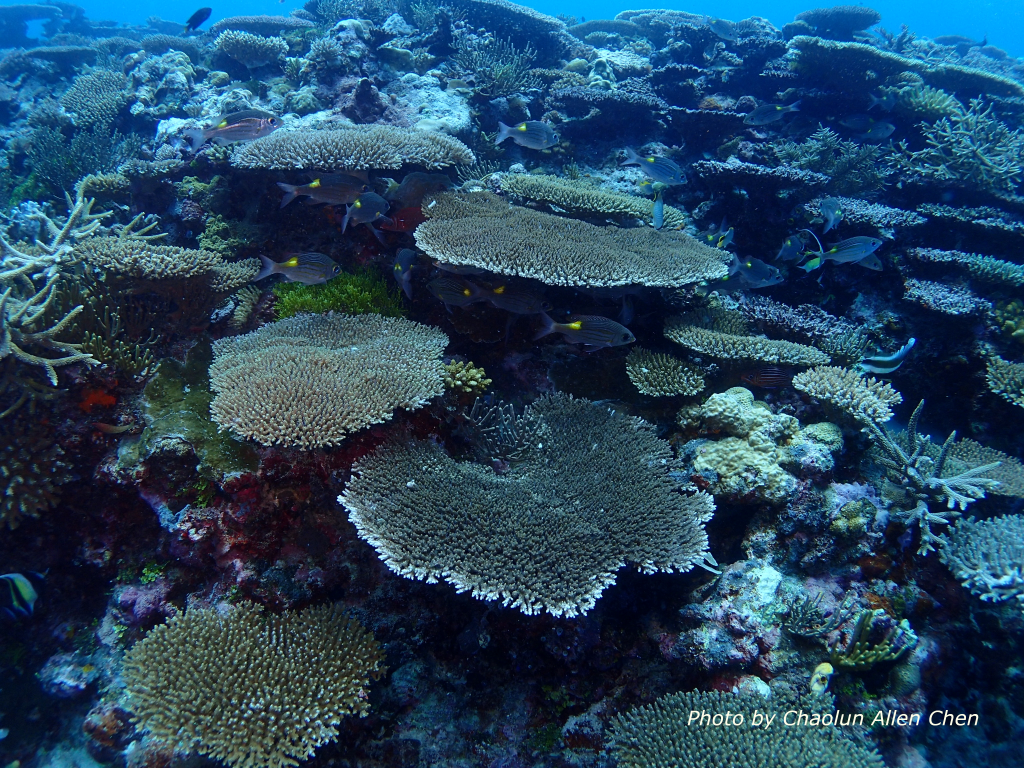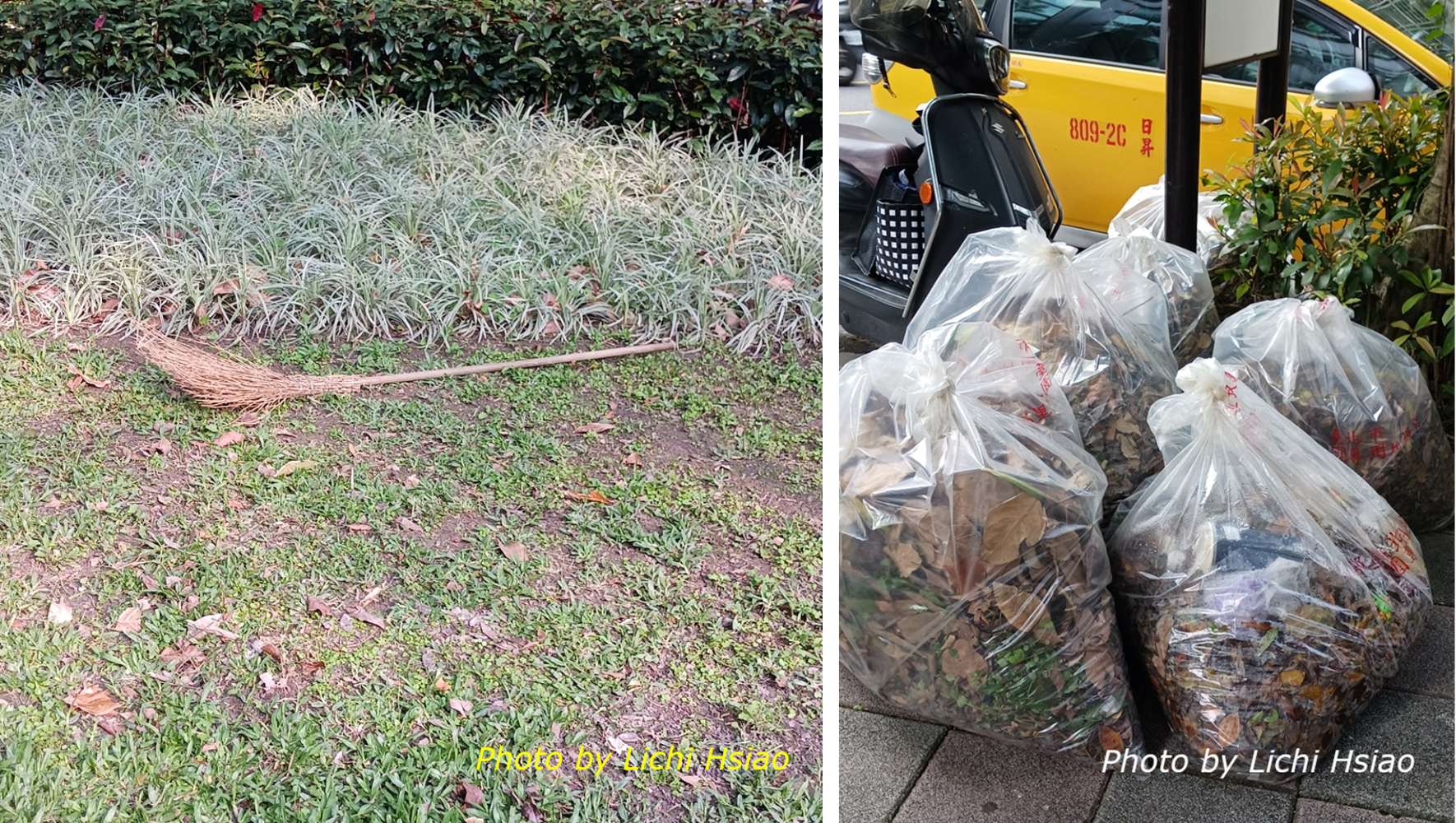Carbon Capture, Utilization, and Storage (CCUS) in Landscape Architecture (Part 4) - Applications in Landscape Architecture
Professor of Landscape Ecology, Department of Landscape Architecture, Chinese Culture University, Taiwan
This is the fourth and last installment in a series of articles discussing carbon capture, utilization and storage in landscape architecture. In the first three installment of this series, we discussed the different types of carbon cycles (carbon positive cycles, net-zero carbon cycles, and carbon negative cycles), life-cycle carbon assessments, how carbon storage is linked to organism lifespans, landscape maintenance, and decomposition rates, the various means of extending the timeframe of carbon storage to produce effective carbon sinks, and a “wise use” of naturally captured carbon. We contend that the more carbon our sites capture and store, the more landscape architects may play an active role in ameliorating the global carbon balance. However, we also appreciate that landscape architects need to adhere to different local regulations, ecosystems, political and cultural settings. Therefore, in this article, in lieu of guidelines, we, the Climate Change Working Group, intend to provide a starting point to initiate discussions on how Landscape Architects may create innovative solutions for carbon capture, utilization, and storage.
Conclusions from the first three installments
From the previous articles, we can conclude that not all carbon capture are equal. Some carbon storages are short-lived, whereas some are long-lived or may extend beyond the organism’s lifespans. Therefore, three different carbon strategies are suited for different carbon storage lifespans.
A) For long-term carbon storage materials such as trees and timber, carbon sequestration is by default, so their conservation and preservation are effective carbon strategies.
B) For short-lived organic materials such as grass and other organic debris, on the other hand, carbon capture is inherently short-lived. Therefore, enhanced nutrient release that facilitates the next carbon cycle is a more effective carbon strategy.
C) For both long-term and short lived organic materials, “wise use” of naturally captured carbon storage provides sustainable local natural resources that enhances our well-being, keep us closer to nature, and is also carbon smart.
Applications during landscape planning
Carbon ameliorating landscape planning includes incorporating a more active carbon-budget planning approach and preservation of carbon-sequestering ecosystems, elements, and ecological processes.
- During landscape planning, landscape architects need to aim not only for the low-hanging fruit of net-zero carbon target for our sites, but instead, aim for negative carbon targets, so that we may counter-balance the massive carbon emissions from human activities occurring in other landuse zones.
- Landscape projects should aim to map, conserve, and minimize disturbance to areas that naturally sequesters and stores large amounts of carbon. This includes terrestrial ecosystems such as forests and wetlands, and coastal areas such as coral, algal, and oyster reefs.
- Landscape projects should preserve ecosystems of ecological value such as old-growth forests, habitats to protected species, and rare native habitats. This conservation effort should be extended to downed trees and standing boles, because these structures are often habitats to diverse wildlife.
- Landscape projects should avoid draining and altering the hydrology of wetlands so that the hydrological conditions that are essential for the sustenance of wetlands are preserved.
Applications during landscape design
Landscape design may help ameliorate the global carbon cycle through carbon-aware conceptualization of space, details in planting design, and experimental ideas that push the current boundaries of landscape design.
- During the development of the spatial plan:
- Prioritize soft elements, such as trees, shrubs, grass, and more natural waterbodies over hard elements such as paved plaza, because plants, soil, and wetlands are major carbon sinks.
- Specify areas that can be left a bit more wilder in the landscape design when possible. Such areas, when designed properly, will still maintain landscape aesthetics while requiring less mowing and pruning that shortens their carbon storage lifespan.
- During development of the planting design:
- Specify more longer-living plants such as trees and less shorter-living plants in the designs. Longer-living trees help sequester carbon and have true potential for balancing out atmospheric carbon emissions from human activities, and should be specified in designs wherever possible.
- The removal of trees from sites in landscape projects, when needed, should be more than compensated for through the planting of new trees.
- Decrease the use of grass-lawns in designs because they are life-cycle carbon emitters. Instead, specify perennial native forbs as a low-carbon and species diverse alternative.
- When lawn is required in the design, identify and specify turfgrass that is suitable for your environment to reduce the need for fertilizers and irrigation.
- Experimental ideas for landscape design:
- Identify and specify plants that require minimal maintenance in designs. Naturalistic planting that imitates the local natural ecosystem is a good way to achieve this. This not only cuts down maintenance costs, but also stores more carbon.
- Promote community gardens and edible landscapes. This is a more carbon-sensible alternative to shrub and ground-layer ornamental plantings. Local food production not only reduces the carbon foot-print from food transport, it also reduces waste because there is less food damage and loss due to a shortened transportation process, and people who grow their own food understand what food plants actually look like, and are less inclined to throw away non “perfect-looking” food material.
- Experiment with the use of biofuel plants in landscape design and incorporate biofuel production into our green infrastructure. Thinking at the level of green infrastructure in a must to make biofuel production in landscaping feasible with economies of scale.
- Fallen leaves, fruits, and other organic debris from the site can be either incorporated into the local food waste energy generation scheme or composted in specified composting areas.
Applications during landscape construction
Landscape construction may help ameliorate the global carbon cycle through both material specification and construction methods.
Material specification
- Reuse timber from the site whenever possible. When timber is required to be brought into the site from elsewhere, specify timber from sustainable tree farms, preferably local sustainability-certified tree farms to decrease the carbon footprint from transportation.
- In addition to timber from removed trees, woody materials from the site may further include timber scavenged from old wooden structures, downed trees, old stumps, and fallen or trimmed branches. Compared to standardized commercial materials, these on-site materials are often not evenly shaped and sized. Creative designs that incorporate such non-standardized, and even organic forms, would be both a strong statement of our commitment to climate action and a showcase of how creative design may contribute to helping solve the world’s problems.
- Coastal landscape designs and projects can also specify ways to recycle oyster shells to help grow new oysters and bolster a new carbon sequestering cycle.
- Select artificial carbon captured materials as a more ecologically friendly alternative to plastics made from fossil-fuel or carbonate materials mined from geological sources.
Construction methods
- Landscape projects in terrestrial areas should research and select construction methods that minimize disturbance to soil and fungi.
- Landscape projects that involve coastal areas should research and apply construction methods that avoid disturbing reefs and sea beds.
- Landscape projects in both terrestrial and coastal areas should research and select construction methods that minimize construction-related soil and sediment runoff. Sediment in runoff can harm aquatic biodiversity and may settle on top of corals reefs close to river mouths or coastal construction sites and smother the living corals.
- Extend the life-span of timber carbon sinks through specifying preserves that slow decomposition or rot.
Applications during landscape management
Landscape management may help ameliorate the global carbon cycle through landscape management plans that aim for low energy use, reduced organic waste and high recycling.
- Specify minimum-maintenance landscape management plans (LMP) that use minimum irrigation, mowing and pruning to reduce energy-consumption, water-use, and waste-production.
- Reduce management activities that involve burning, the use of leaf blowers and fuel-powered lawn-mowers, and specify practices with low energy consumption, energy efficiency, and use green energy.
- Reduce management activities that expose or disturb the soil, and specify maintenance activities that protect the soil, such as maintaining a healthy vegetation cover or by applying mulch. The organic layer of soil is an important carbon sink, and sedimentation runoff can harm aquatic biodiversity and smother living corals.
- Specify the recycling of grass clippings and composting of other organic waste to reduce the need for fertilization and associated life-cycle carbon emission, help expedite the next carbon cycle, and reduce the amount of land required for waste treatment. Lawn clippings, in particular, can be recycled on or off site as fine-textured mulch.
- Specify the application of biochar recycled from agricultural and food wastes to help facilitate the next carbon cycle.
- Minimize the use of herbicides, because they alter the microbial health of the soil. When the recycling of lawn clippings is intended, herbicides should be prohibited.
- When herbaceous plants and other short-lived plants are used in designs, maintain continuous regrowth in the plots to approximate net-zero carbon cycles.
- Implement post occupancy evaluation to learn from past mistakes and reduce the need to replace unsuccessful plantings.
Applications for landscape associations
Landscape Associations worldwide should advocate for, develop action plans, provide knowledge base and hubs, and educate members such that landscape projects may engage in carbon accounting, active carbon sequestration, and nature-based carbon solutions.
- To prepare for forthcoming carbon assessment needs
- Each climate region should start drawing up a list of how much carbon different types of trees sequester. To maintain biodiversity at the same time, this list should cover as many types of trees and as much native trees as possible to avoid the homogenization of planted trees as an unintended result of a short list.
- Each climate region should start estimating how much life-cycle carbon is emitted per unit area by fertilizer, irrigation, and fuel-powered mowing and trimming activities.
- Each climate region should start estimating how much carbon soils sequester in different types of greenspaces.
- Create a knowledge hub to include information on:
- Post occupancy evaluation of different plantings under different environmental settings.
- Plants that require minimal maintenance for use in designs for your region. This not only cuts down maintenance costs, but also stores more carbon.
Conclusions
In addressing the challenges of climate change, Landscape Architects worldwide are already engaging in discussions and developing strategies to enhance the resilience of cities and communities. As a creative discipline working with biological elements, however, Landscape Architecture has also great potential to take a more active role in alleviating the cause of climate change by actually reducing atmospheric carbon dioxide and not merely responding to its consequences. This series is an attempt to initiate more discussion on how this active lowering of atmospheric carbon dioxide may be implemented in landscape architecture. The above list of suggestions, however, is still far from complete and could use more contributions and discussions from both landscape practitioners and academics. It is our hope that this series, by laying out the foundations and suggesting areas for application and research, may inspire more discussions on how Landscape Architects may lead the way in actively ameliorating climate change problems at its source by creating innovative nature-based solutions for carbon capture, utilization, and storage.

Coral reefs are an important carbon sink and a haven for biodiversity, but are under increasing threats from climate change and by sedimentation, fertilizers, and pollution from runoffs.

Removing organic “wastes” during landscape maintenance increases the amount of waste that needs to be treated, removes nutrients from the sites, and exposes the soil to erosion and runoff. When leaf-blowers are used, it consumes energy and increases carbon dioxide output from the site, but when brooms are used, it scrapes and damages both the vegetation and soil.

